Winter 2019/2020 - Navidad y Ano Nuevo en Guadalajara
![]()
By mid-December, the Nomads were ready for one more journey in 2019 - to Guadalajara. It is perhaps the most Mexican large city in Mexico and offered us a welcoming place to begin a new year - 2020. We went there to live for the last waning days of 2019 and to welcome the coming year with a hopeful outlook and a healthy optimism. As we have observed before, we attribute this to our Nomad Lifestyle, and our life philosophy of making the most of every day!
Arriving in GDL Airport, we easily cleared passport control, grabbed our wheely bags, jumped into a taxi, and headed to the Centro Historico. Our destination was the Hotel Santiago de Compostelo, a very Mexican style hotel where we enjoyed a good night's sleep and the next morning, enjoyed a real Mexican Buffet, before exploring the Centro a bit.
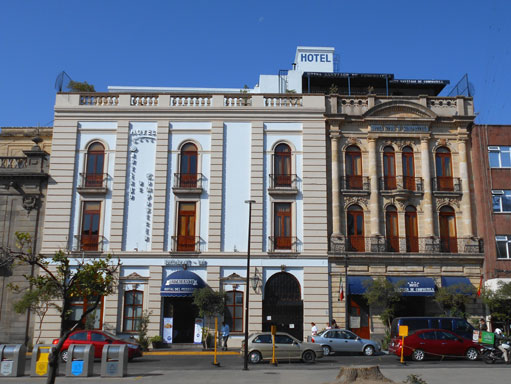
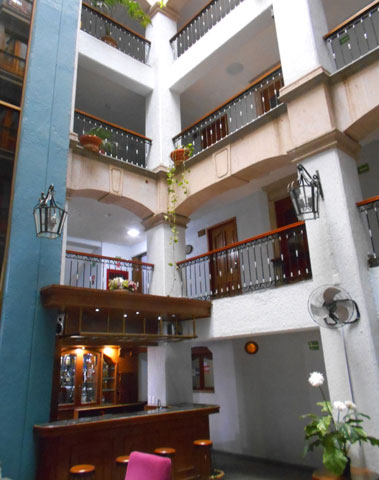
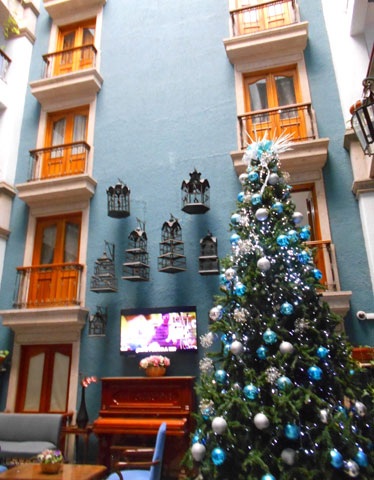
After this brief stay, we moved to the Hotel Dali Plaza, newly opened, very contemporary, and very comfy. Staff was amazed that we had reserved a three week stay and offered us a discount for paying cash! We also were shown up to a special room with King bed and awesome view south across the city with the mountains in the distance! Nice.
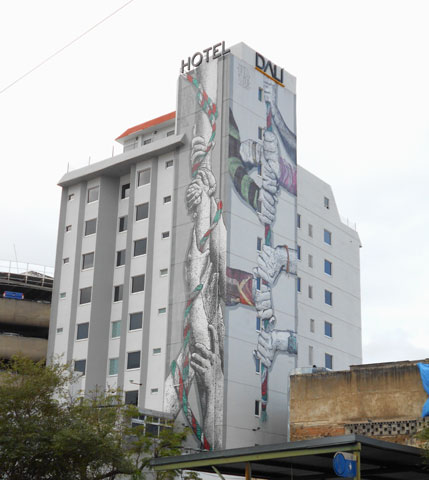
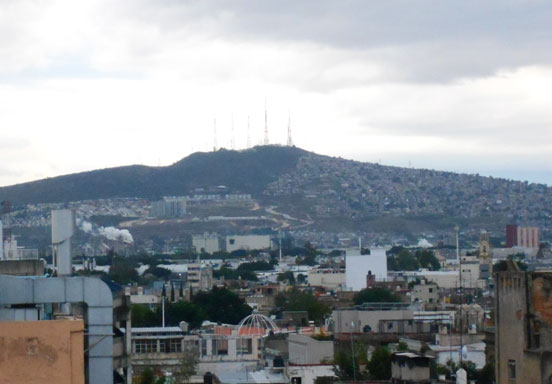
We must remind our readers that we have visited this fascinating city in the past, including back in 2012 when we wrote quite an enlightening story (click here) and on several other brief visits, including November, 2018, for short stays before and after our stay in Guanajuato. While we certainly planned to explore the city, we also felt comfortable and en casa very quickly so that we felt free to just enjoy life!
After a few mornings of Dali Plaza's buffet, we began to explore other possibilities and just down the calle discovered Cafe d'Val, frequented by regulars and serving typical Tapatio desayuno (Guadalajaran breakfast) along with whatever gringo items we requested. We soon became regulars, too! This was such a comfy place to hang out that before long many mornings had flown away!
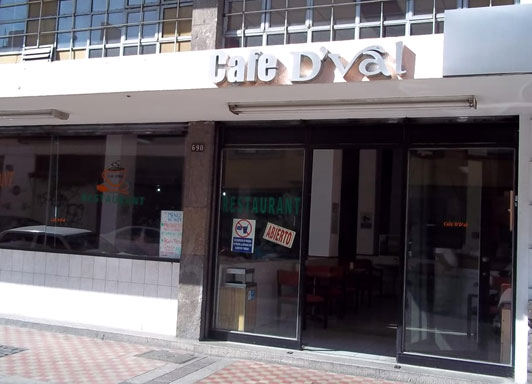
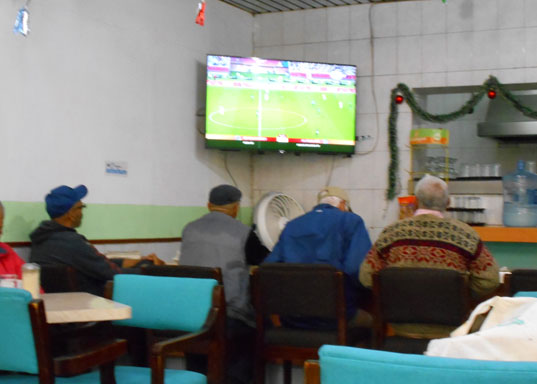
Many days, after desayuno, we strolled to the three plazas that are the beating heart of the Centro Historico. Here are the iconic Catedral de la Assumption de Maria Santisima, the Teatro Degollado and the Palacio Gobierno. These three plazas and surrounding pedestrian calles were filled with families who had come to shop for regalos de Navidad, habla con Papa Noel (talk with Santa Claus) and eat helados (ice creams) along with much laughing!
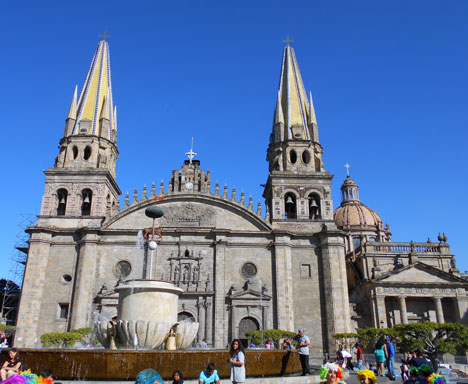
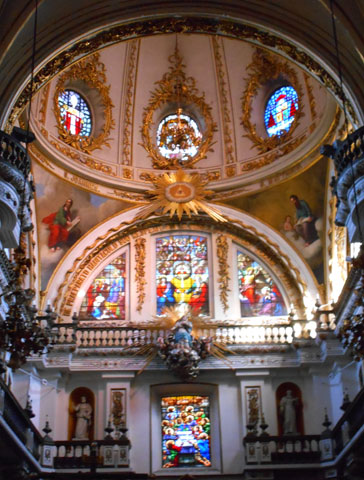
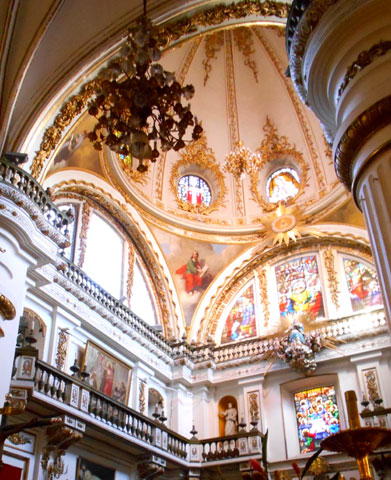
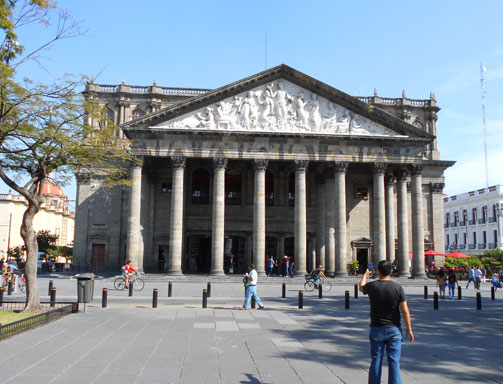
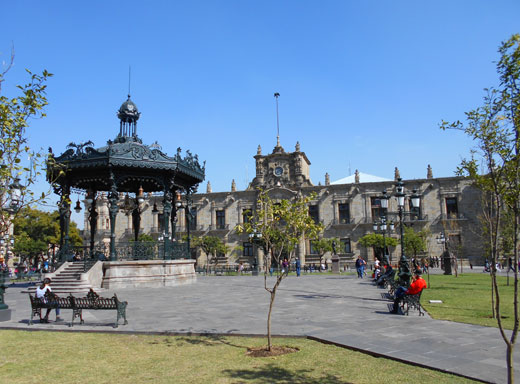
Mercados
The vast and sprawling Mercado Libertad - San Juan de Dios is one of Mexico's largest mercados, but we found it to be a bit overwhelming. As we explored closer to home, we discovered Mercado Ramon Corona, housed in a smaller, more approachable centre location surrounded by smaller shops and stalls. Inside is a microcosm of Tapatio culture with stalls selling meals, frutas, verduras, pescados and carne, household items, clothing, pinatas, and additional stuff beyond imagining! We wished we had a kitchen!
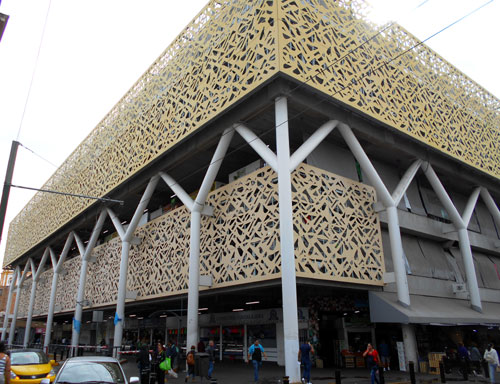
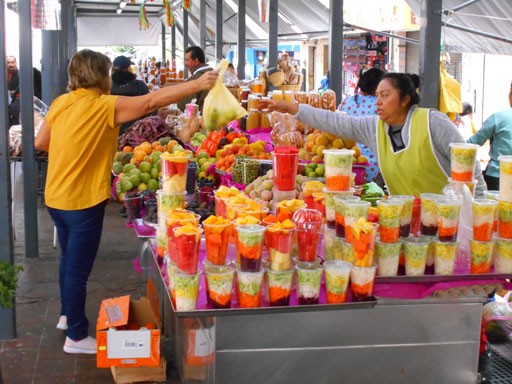
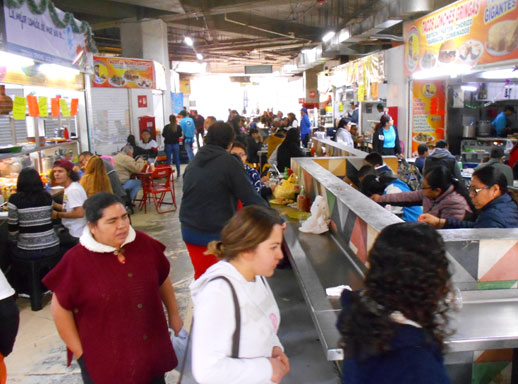
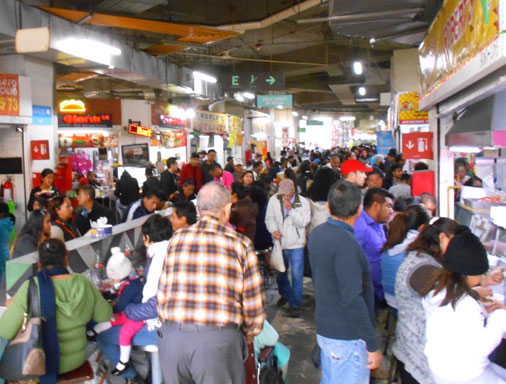
During our strolls, we learned that the Jalisco Ballet Company was giving performances of Cascanueces (Nutcracker) at Teatro Degollado. We bought tickets for a performance, of course! We were transfixed and amazed, not only at the talent of the dancers, but also the grandeur of this classic late 1800s theater.
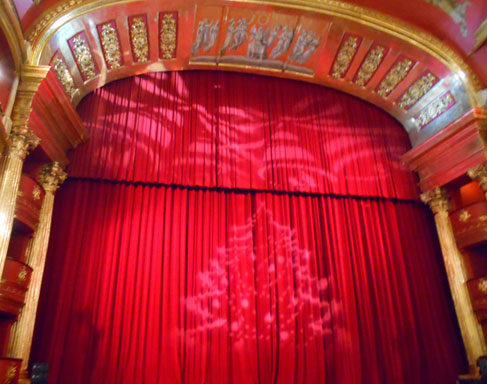
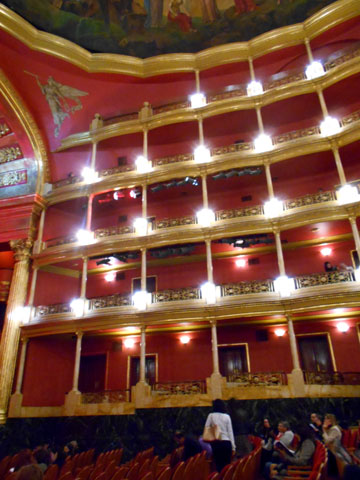
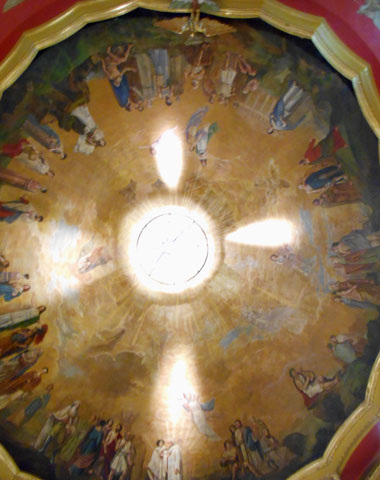
Time passed quickly as we expanded our explorations of the city, focusing on the Principles of People Friendly Cities: Pleasing and Efficient Physical Form, Mobility Options, and Natural World Connections, discussed here. We report on our findings below.
Physical Form
The Spanish city founders believed in the grid street system so Centro Historico remains a vast grid. The streets are rather narrow so most are one way today. Distinctive colonial architecture abounds in the Centro Historico, especially around the three plazas...
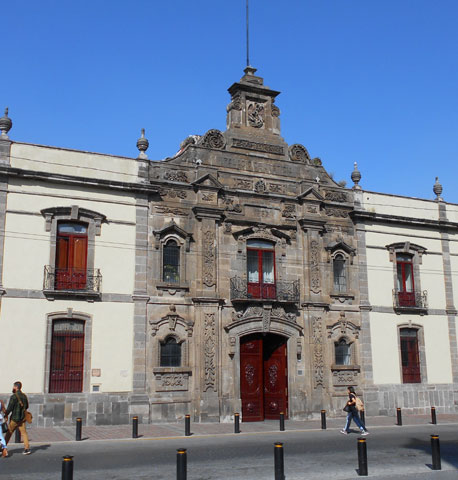
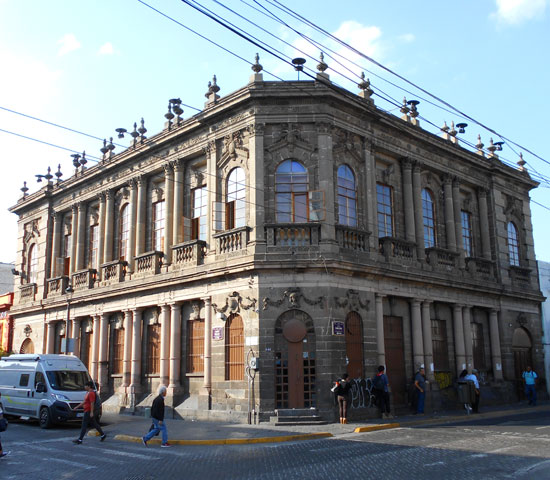
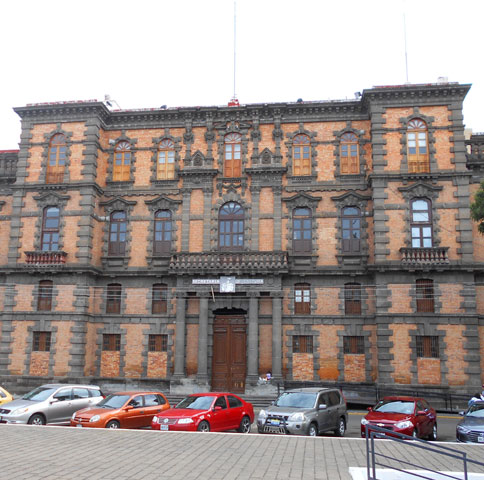
During our explorations, we discovered the barrios where people live and everyday life goes on. Many buildings are somewhat utilitarian in appearance and are mixed use with shops on the Piso Bajo (ground floor) and comfortable apartments above. Having shops, cafes and the iglesia within walking distance is usual. We feel certain that on our next visit we could easily find a comfortable and convenient place to perch in one of them
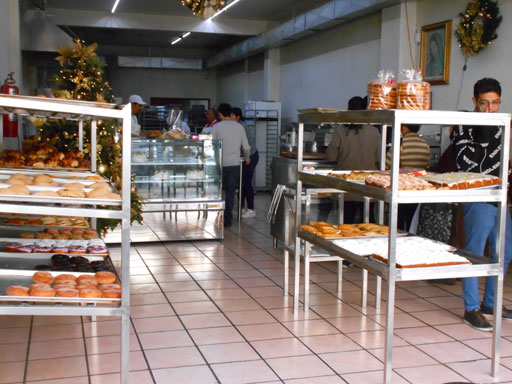
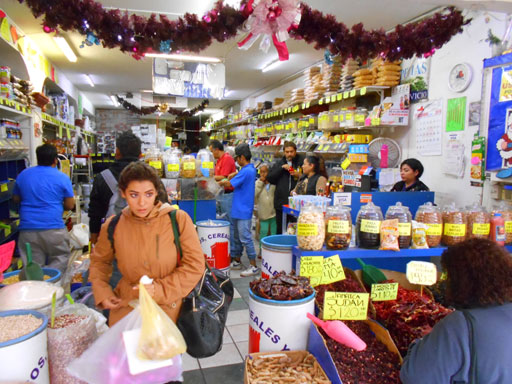
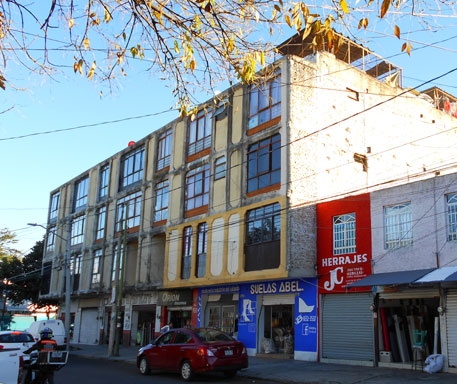
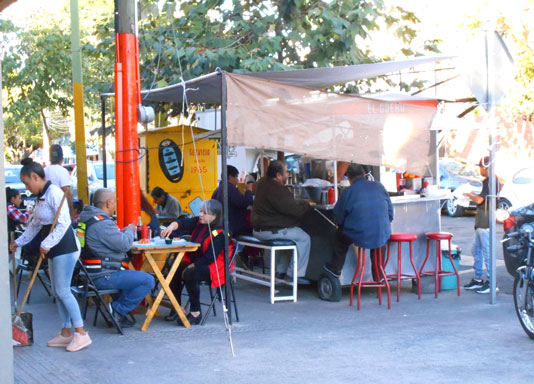
Mobility Options
The public transport system has been expanded to now include Macrobuses (Bus Rapid Transit operating in dedicated lanes) and electric trolebuses operating on selecting routes through the Centro. These are in addition to many regular buses and three lines of the tren ligero (subway). Since our 2012 visit, many older buses have been replaced with new ones and most of the fleet runs on CNG or electricity. The bus system has been modified to respond to the expanded centro pedestrian zone and many bus stops have been relocated while others continue to pick up passengers along streets beyond the pedestrian zone.
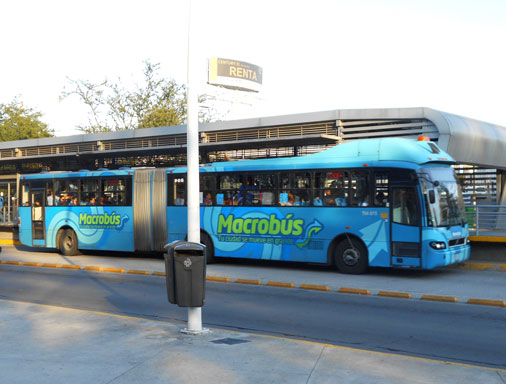
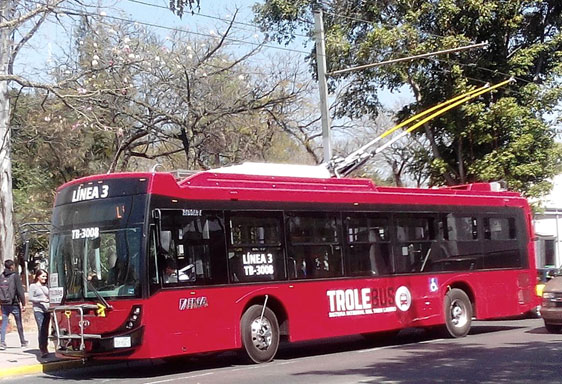
Historically an alternative mobility option has been calandrias, horse drawn carriages, but more recently these have become a pleasant sightseeing ride through the Centro. To the chagrin of some, these venerable vehicles are now being replaced by electric replicas.
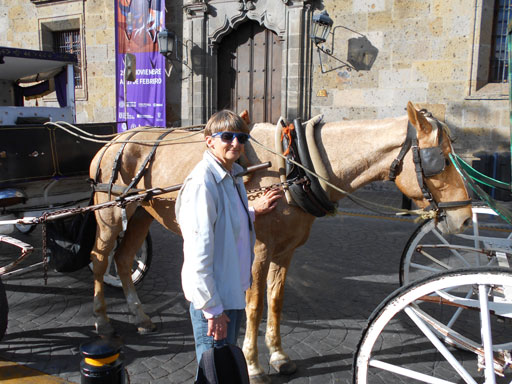
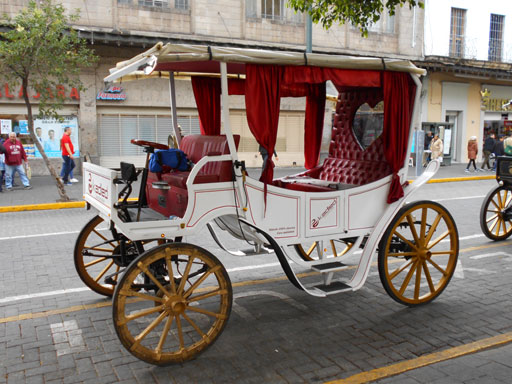
Natural World Connections
We made visits to a few of the city's greatest parques:
Parque Agua Azul offers hectares of lawns and great shady trees, a lake, a sphere for mariposas (butterflies), and an aviary for birds. When we visited, the park seemed a bit neglected, perhaps because of the winter season, but we enjoyed strolling and watching crimson breasted birds flitting around.
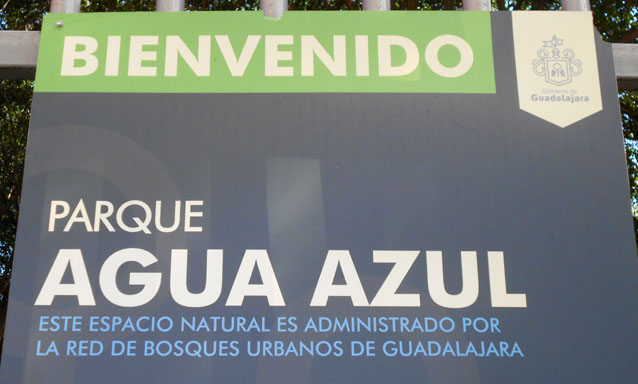
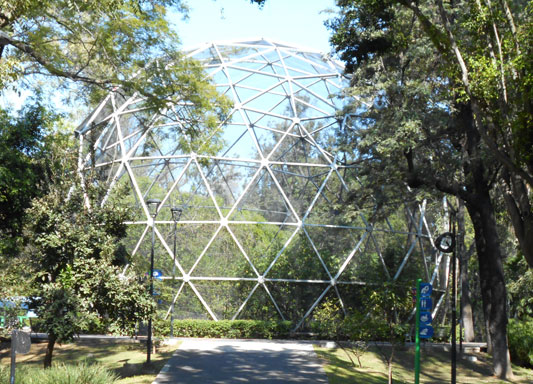
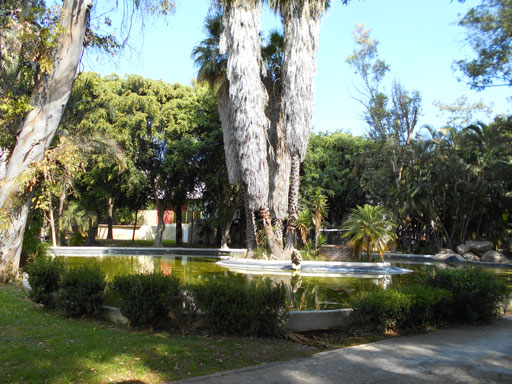
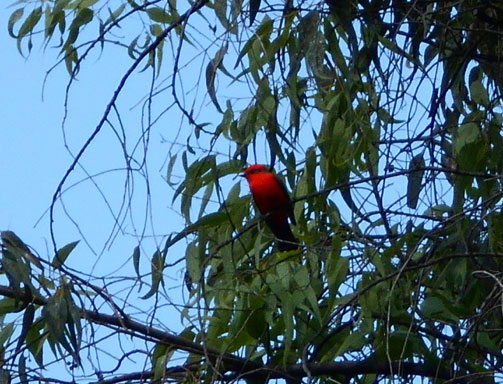
Parque Morelos offers more lawns and great trees plus a striking monument to Jose Maria Morelos, along with a walkway lined with monuments and busts of heroes of the war for Mexican independence from Spain.
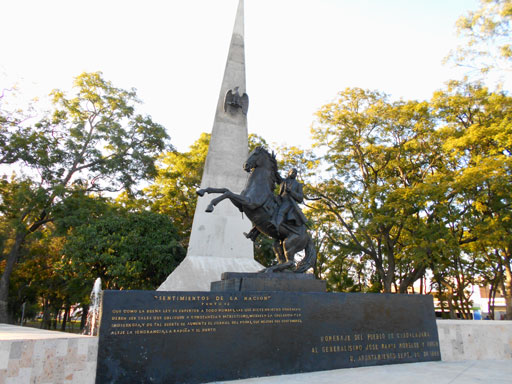
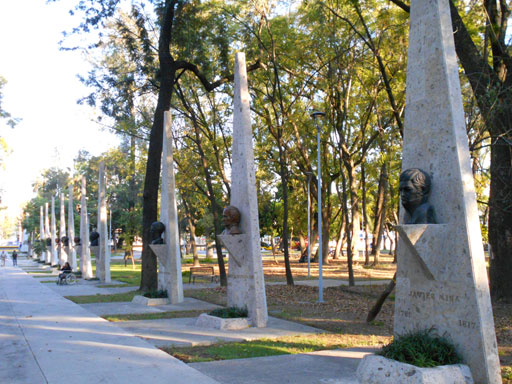
Parque Revolucion offers a shady respite of green space with places to sit and relax, but is more notable as a transit centre for buses traveling on both sides, and a station for the underground the tren ligero (subway) connecting the Centro and the suburbs.
There are many more and each one offers Tapatios opportunities to enjoy connections to the natural world.
History and Culture
Guadalajara offers so many opportunities to gather a deeper understanding of Mexican history, culture, and lifestyle. This is especially true during the Navidad and Ano Nuevo Holidays. What follows are just a few of these opportunities:
Tapatio Navidad
Joining the throngs of folks in the pedestrian centre, it was impossible to be a Scrooge! All the shop windows were filled with holiday gifts of every description for the whole family,
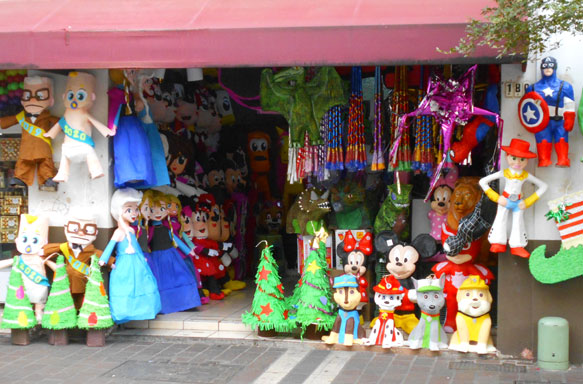
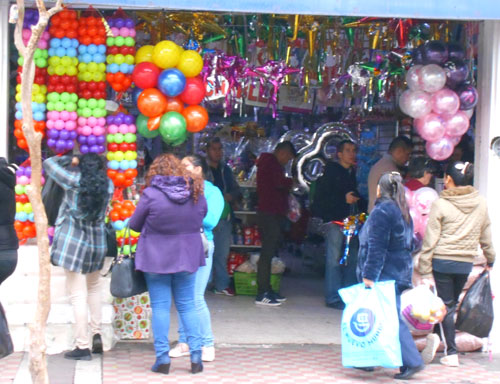
Mild weather enticed folks (us, too) into the patios of the cafes for a latte or cerveza, and buskers played cheery tunes. Most iglesias offered scenes of El Nacimiento (the Nativity), portraying Maria and Jose, surrounded by angels, the Tres Reyes, shepherds and sheep, plus animals of every sort. In the centre is the manger - empty until Nochebuena when Tapatios fill the igleias for mass and the arrival of baby Jesus.
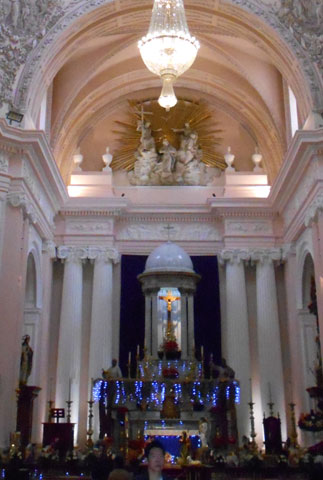
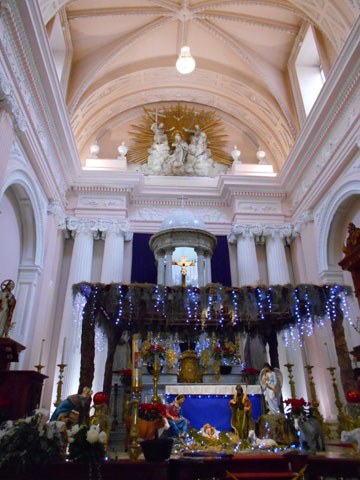
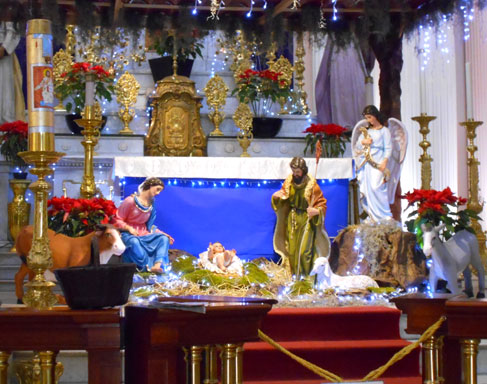
Mexicans are especially creative with outdoor lighting so that in the evenings, everyone strolls around to admire the bright lights or gathers in the Plaza de Armas to watch the lighting of the grande tree and the sound and light show.
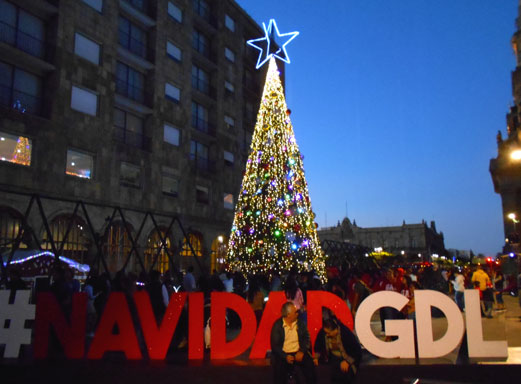
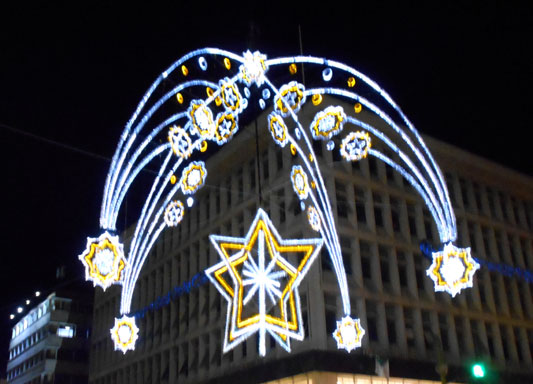
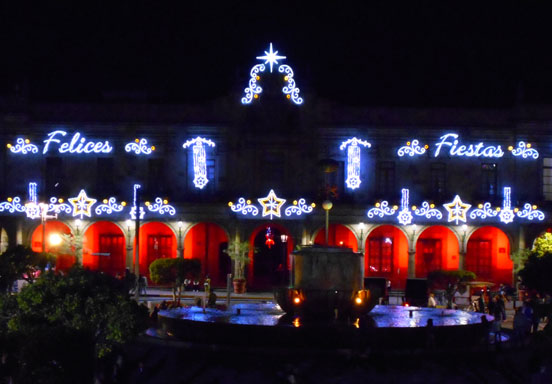
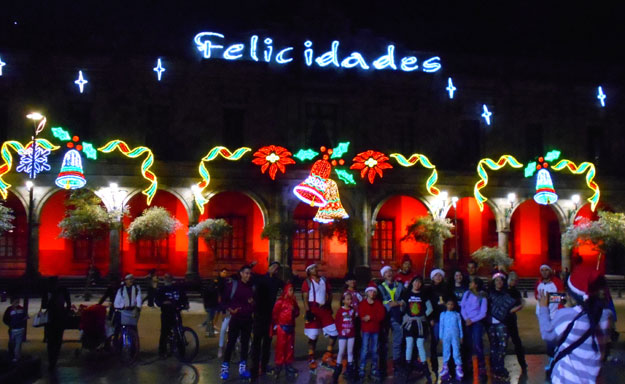
Tents house Papa Noels to offer the whole family an opportunity to talk to the old gent of their choice and have a photo taken!
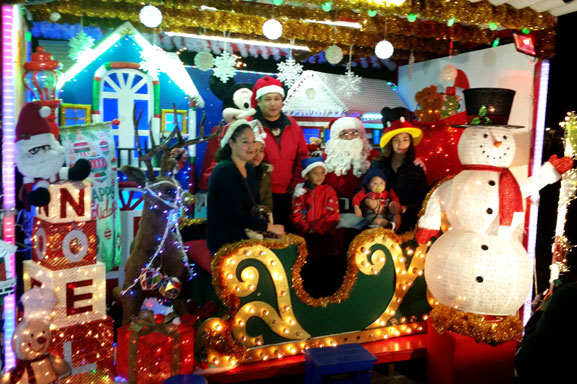
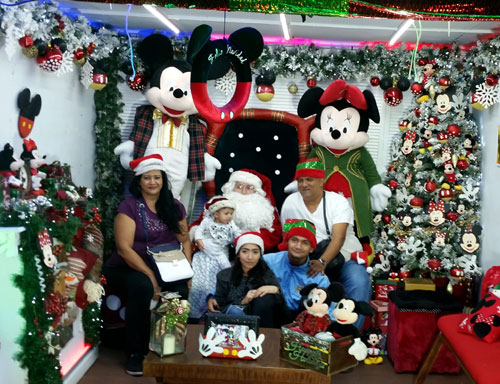
Around the Universidad de Guadalajara
Just west of the Centro Historico, are the principle buildings of the university. One is a very contemporary highrise, while across from it is the original administration building, now a museum, the Museo De Las Artes (MUSA)
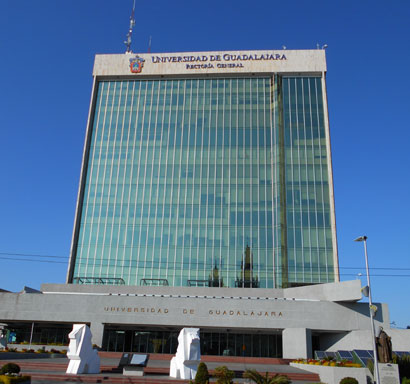
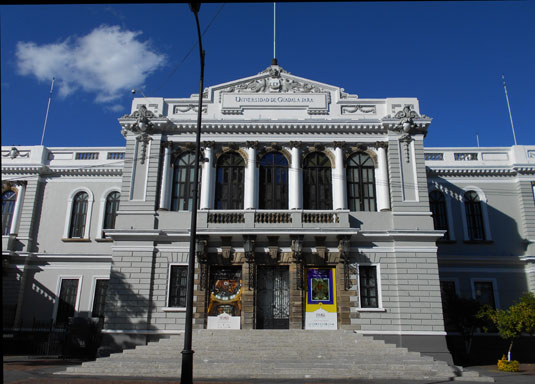
The MUSA featured a special exhibition about the lives and work of Mexico's three great modern muralists: Diego Rivera, Jose Clemente Orozco, and David Siqueiros with biographies and examples of their smaller works, eliciting intense interest from students of these artists (us, too).
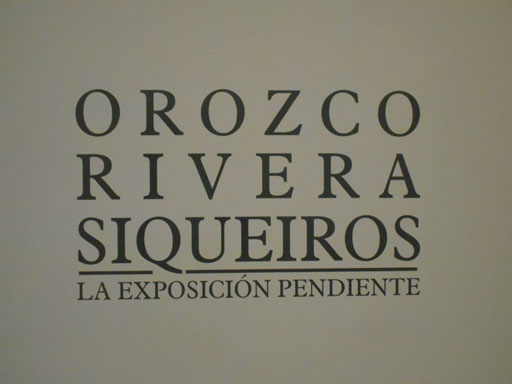
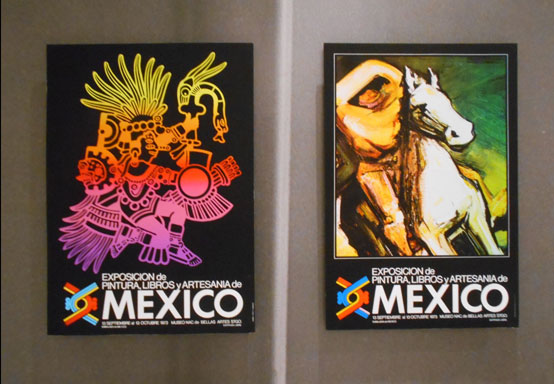
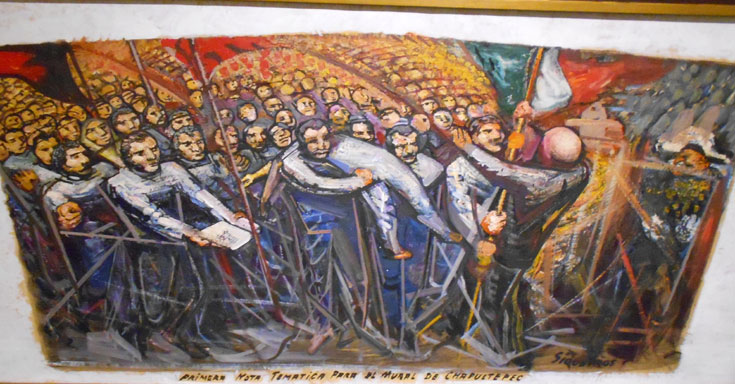
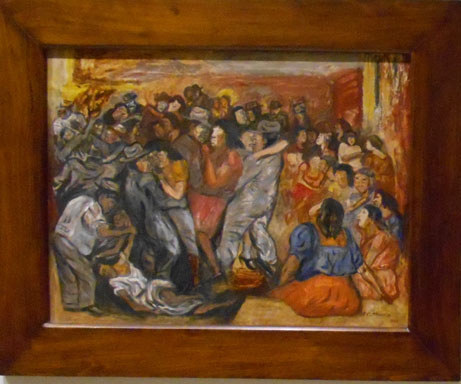
Jose Orozco's dramatic mural on the ceiling of the auditorium, the Paraninfo Enrique Diaz de Leon, expanded the experience.
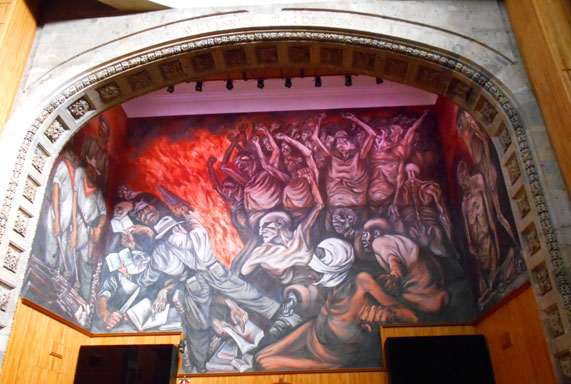
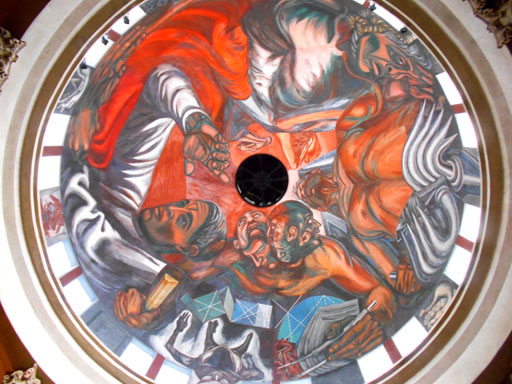
Beyond this is the Templo Expiatorio del Santisimo Sacramento, a grand Neo-gothic structure that has been a fascination due to its awesome soaring grace and strikingly lovely stained glass windows. Interesting to us, it is relatively modern; construction began in 1897 but was built following traditional Middle Ages stone carving techniques. It opened in 1931, and was completed in 1972.
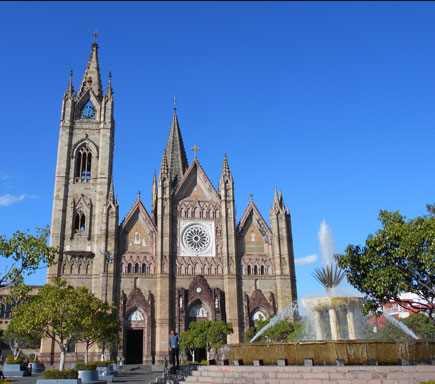
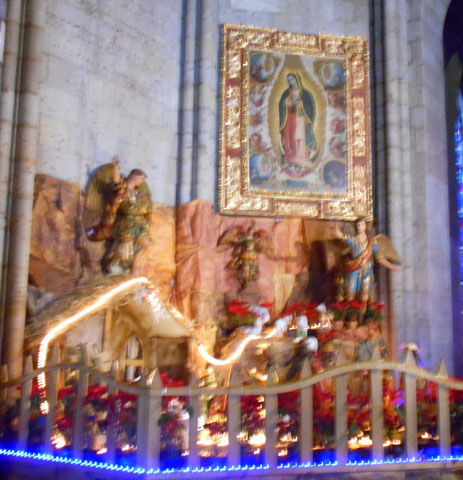
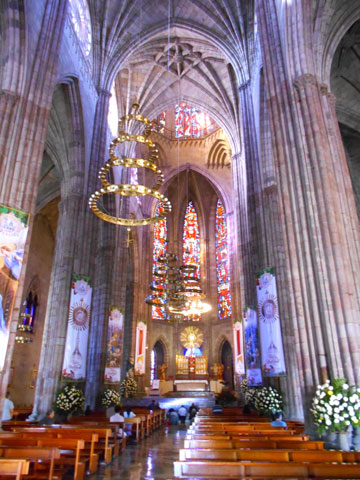
More Orozco Murals
In addition to performances in the Teatro Degollado, in the three plazas the Palacio Gobierno invited us to visit and be awed by the stunning Orozco murals dominating the staircase which feature Padre Miguel Hidalgo with a fiery torch surrounded by representations of the Spanish domination and the Revolution.
In the nearby Congresso Chambre, another mural shows Padre Hidalgo signing the proclamation freeing the slaves with other heroes of the post colonial era looking on (lower right).
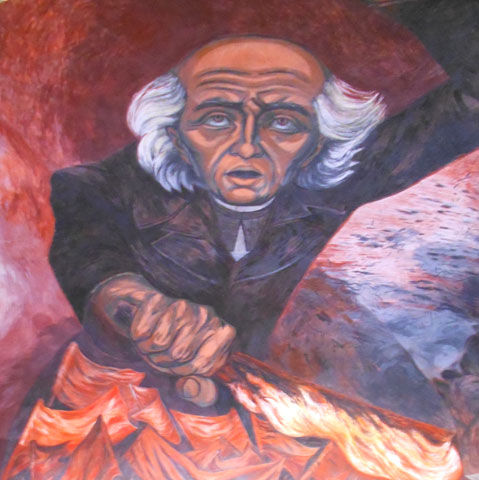
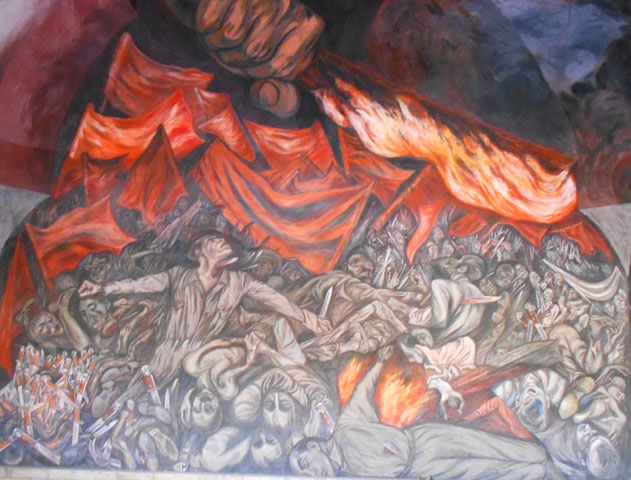
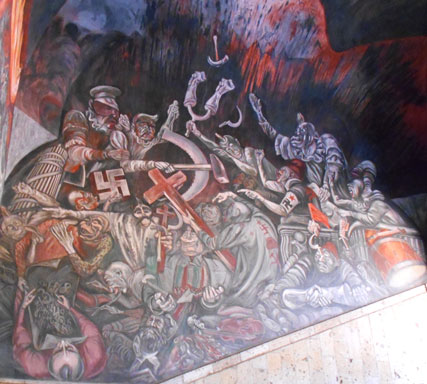
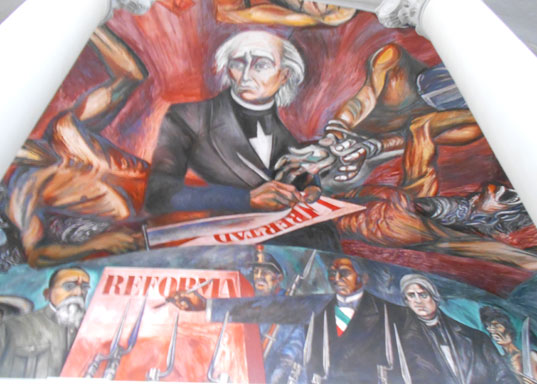
The final masterworks of Orozco adorn the dome, the ceiling and walls of the chapel in the Museo Hospicio Cabanas . These powerful images defy description and we urge readers to learn more and go there when you visit!
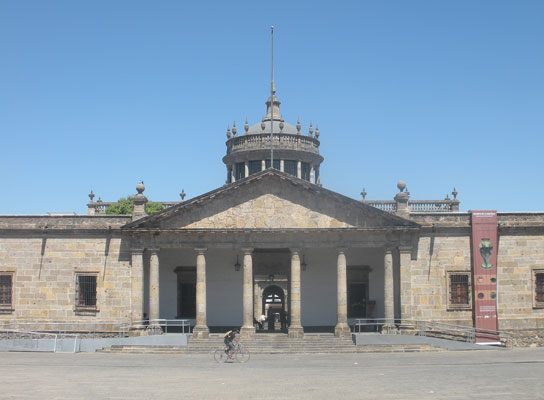
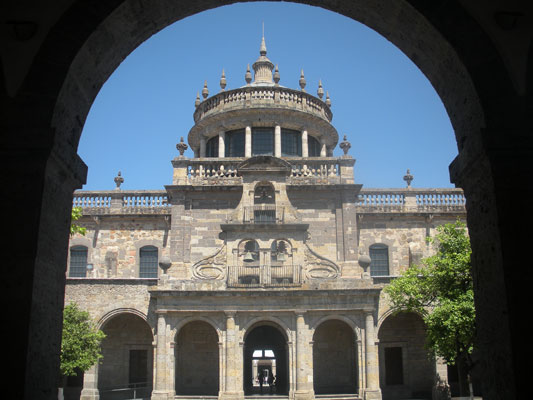
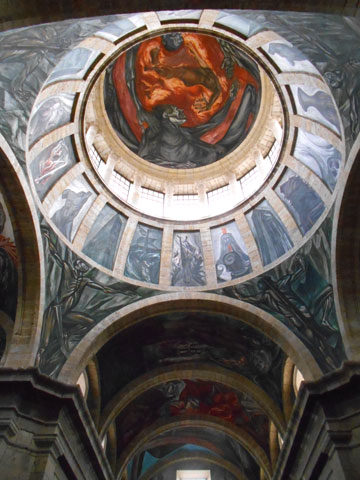
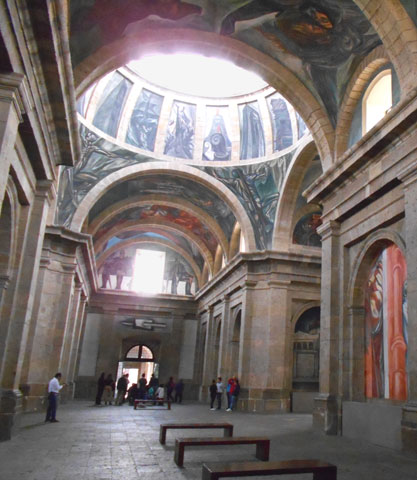
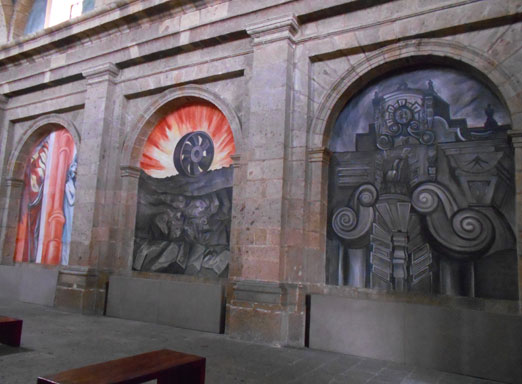
Wixarika (Huichol) Indigenous Art
The Museo Cabanas also featured a special exhibit of these colorful images created with brightly colored yarn pressed into a base of beeswax and pine resin. The powerful images of the underworld entranced us. At first we struggled to comprehend what they might mean; but then we just focused on marveling.
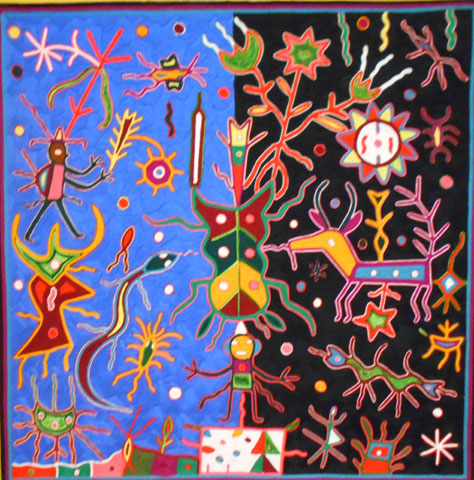
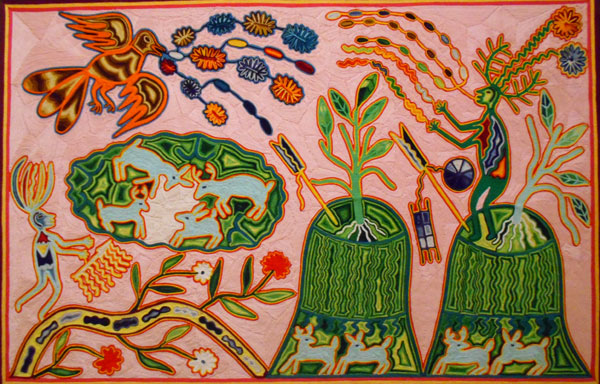
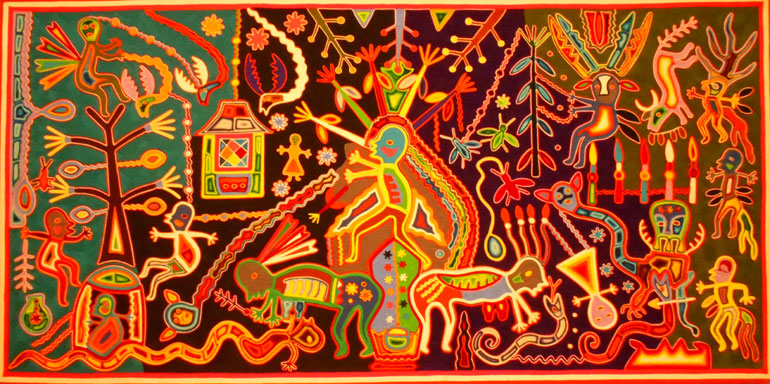
During this stay in Guadalajara, the Nomads more carefully considered the Principles of People Friendly Cities in light of our discoveries here. We began to realize that our concept of "Pleasing and Efficient Physical Form" must be modified to consider that buildings with facades that might need a coat of paint or other fixes could still be pleasing and positively efficient! Guadalajara is certainly not the only city where we have observed this in our Nomad Travels. If an opportunity to live in Guadalajara comes again, we'll cheerfully agree. Next time, we'll seek a casa with kitchen!
Click here to go to our 'Searching the World for People Friendly Cities' page
Click here to return to our Home page
![]()